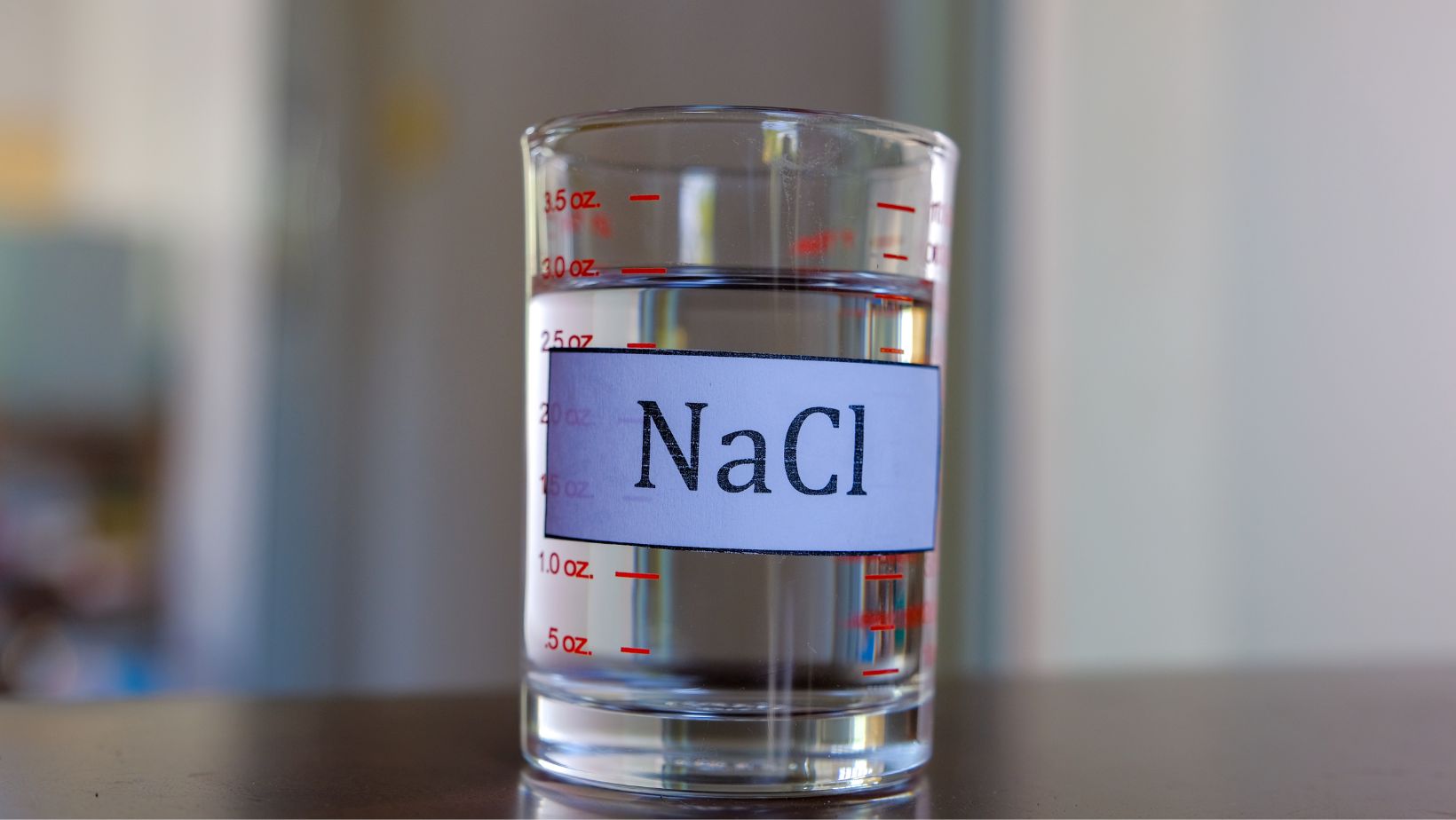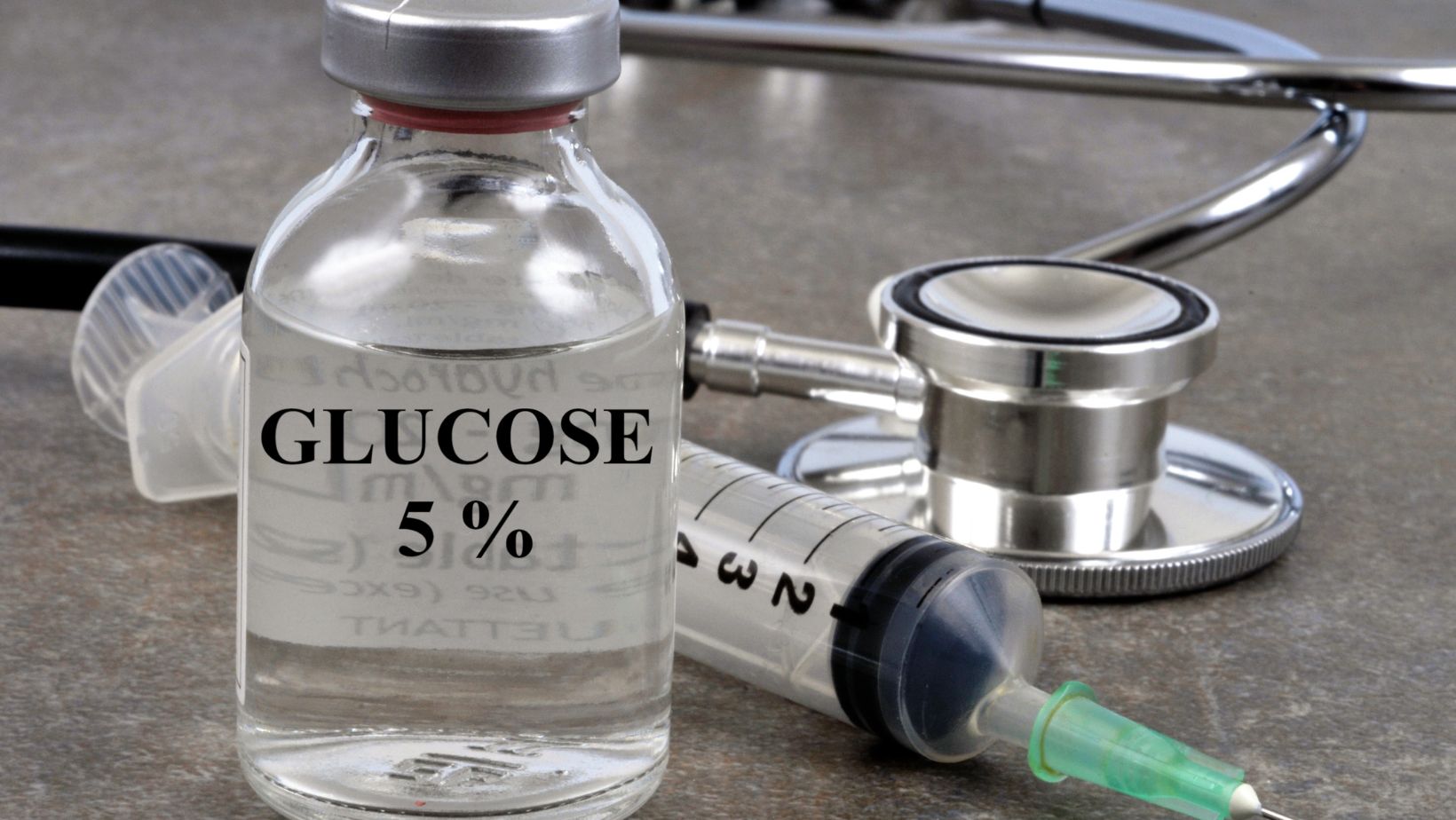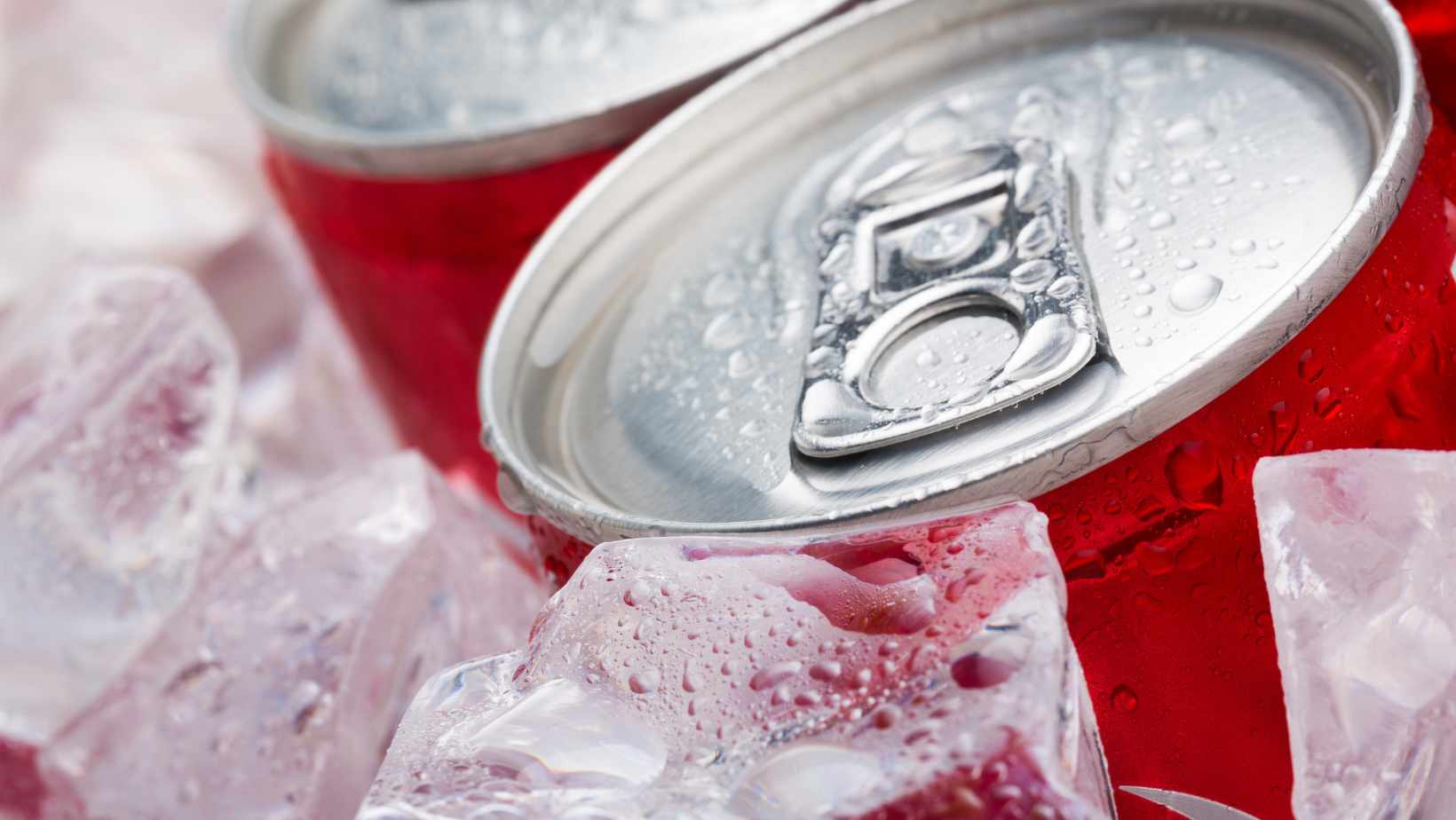How Many ML in a Gallon of Water: Unraveling The Math Behind Measurements

If you’ve ever found yourself wondering, “just how many milliliters are in a gallon of water?”, you’re not alone. It’s a common question that might pop up when you’re trying to convert recipes, measure out daily fluid intake, or just plain curious about the metric system. Well folks, I’m here to shed some light on this query and simplify those numbers for you.
In short, there are 3785.41 milliliters in one US gallon of water. Now let’s break it down: this is because one US fluid ounce has approximately 29.57 ml and there are 128 ounces in a US gallon.
But wait! There’s more to it than meets the eye. The answer isn’t always so cut-and-dry; depending on where you live in the world, your gallon might vary! For example, if you’re based in the UK or Canada (where they use Imperial gallons), then one gallon equates to an even larger value – around 4546 ml!
So there we have it: whether your recipe calls for liters or gallons, knowing how to convert effectively can make all the difference. And remember: knowledge is power… especially when it comes to understanding measurements!
Understanding Measurement Units: Milliliter and Gallon
Navigating the world of measurements can sometimes feel like you’re trying to decipher a complex code. However, it’s not as complicated as it might initially seem. Let’s break down two common measurement units – the milliliter and the gallon.
The smallest measure we’ll tackle here is the milliliter (ml). It’s a unit of volume in the metric system which is widely used around the globe for scientific, medical, or culinary purposes. To put it into perspective, consider this – a teaspoon holds about 5 ml of liquid!
On the other hand, we have gallons – quite larger than our tiny milliliters! A gallon is a unit of volume primarily used in the United States but also recognized in some other countries. Just visualize filling up your car’s gas tank – that’s usually measured in gallons.
Now comes perhaps one of most common queries I’ve encountered: how many milliliters are there in a gallon? Well folks, prepare yourselves because it’s no small number! There are approximately:
- 3785 ml in 1 US liquid gallon
Don’t let these numbers intimidate you though. When you start breaking things down into more manageable chunks – such as understanding that 1 ml is roughly 0.000264172 US gallons – suddenly everything starts making sense!
And why should we care about these conversions? Whether you’re cooking up an international recipe or working out water intake for health purposes, knowing how to convert between these units can come incredibly handy.
Here’s hoping this breakdown has helped demystify these often confusing measurement units! Remember, practice makes perfect so don’t shy away from using them whenever possible.
How Many ML in a Gallon of Water
I’ll start by saying, it’s not as hard as you’d think to convert gallons into milliliters. In fact, all it takes is one simple equation: the number of gallons multiplied by 3785.41 equals the number of milliliters.

Let me break that down a bit further for those who might be visual learners:
- Take the number of gallons you have
- Multiply that number by 3785.41
- The result will be your volume in milliliters
For example, let’s say we’re dealing with two gallons of water. You’d calculate it like this:
2 (gallons) x 3785.41 = 7570.82 milliliters
All clear? Let’s dive deeper.
Here’s another way to look at it – if you’re working with larger volumes, remember there are roughly 3.785 liters in a gallon, and there are exactly 1000 milliliters in a liter:
1 (gallon) x 3.785 (liters/gallon) x 1000 (ml/liter) = approx 3785 ml
So whether you’re measuring out ingredients for a recipe or figuring out how much water your new fish tank holds, knowing how to make this conversion can come in pretty handy.




